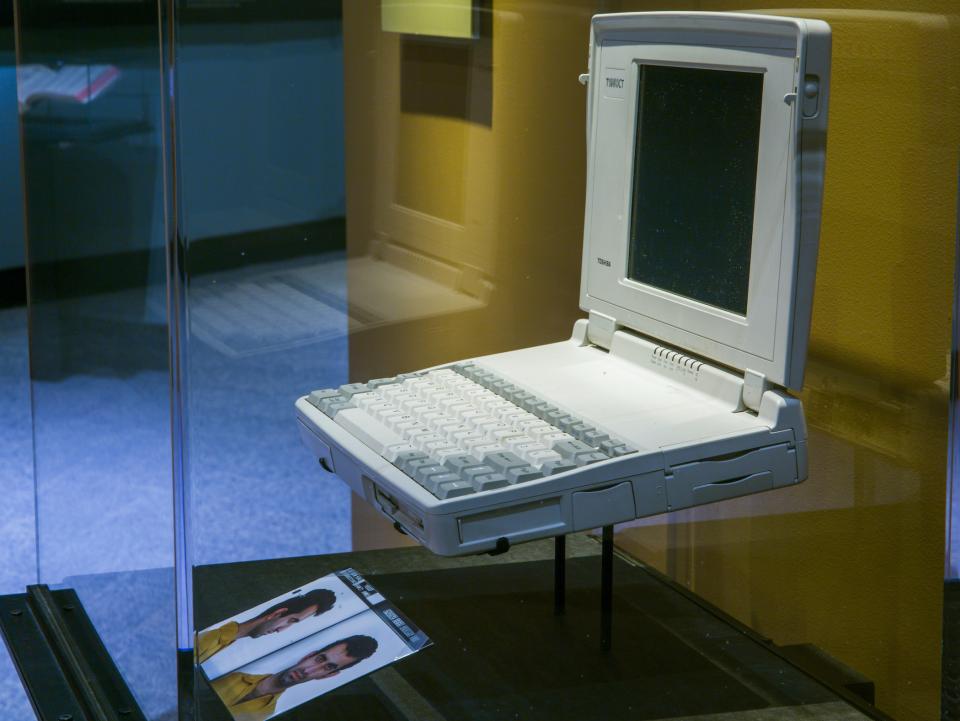Laptop Artifact Depicts Connection Between 1993 Attack, 9/11
Laptop Artifact Depicts Connection Between 1993 Attack, 9/11

The laptop computer of Ramzi Yousef, who was convicted for his involvement in the 1993 World Trade Center bombing, currently sits in the 9/11 Memorial Museum’s Historical Exhibition. It helps link the 1993 attack to that of September 11, 2001.
Yousef and his uncle, Khalid Sheikh Mohammed, took advantage of computer technology in attempting to implement a plot called “Bojinka,” which involved blowing up American airliners. However, investigators uncovered the plot from the computer’s hard drive in January 1995, along with a draft of his claim of responsibility letter and the names of almost everybody involved in the plan.
The use of a laptop computer in a location far away from the target foreshadowed the 9/11 plot. In 2001, terrorists relied on email and the Internet as a means of researching and planning the attacks.
Yousef was arrested in Pakistan on Feb. 8, 1995 for his role in the 1993 attacks. He was later indicted for the Bojinka plot as well.
The laptop computer Yousef used is the subject of a weekly talk at the museum on Tuesdays this month. Read more here.
By Jordan Friedman, 9/11 Memorial Research and Digital Projects Associate
Previous Post
February Talks to Focus on 1993 WTC Bombing

The 9/11 Memorial Museum is holding special talks every Tuesday and Thursday this month that will focus on the 1993 World Trade Center bombing to honor its anniversary on Feb. 26.
Next Post
Museum to Hold New 'K-9 for Kids' Program

The 9/11 Memorial Museum will hold a new program on the first Saturday of each month in which children will have the opportunity to interact with Chance, a trained disaster relief canine, and his handler and certified trauma responder, Frank Shane.